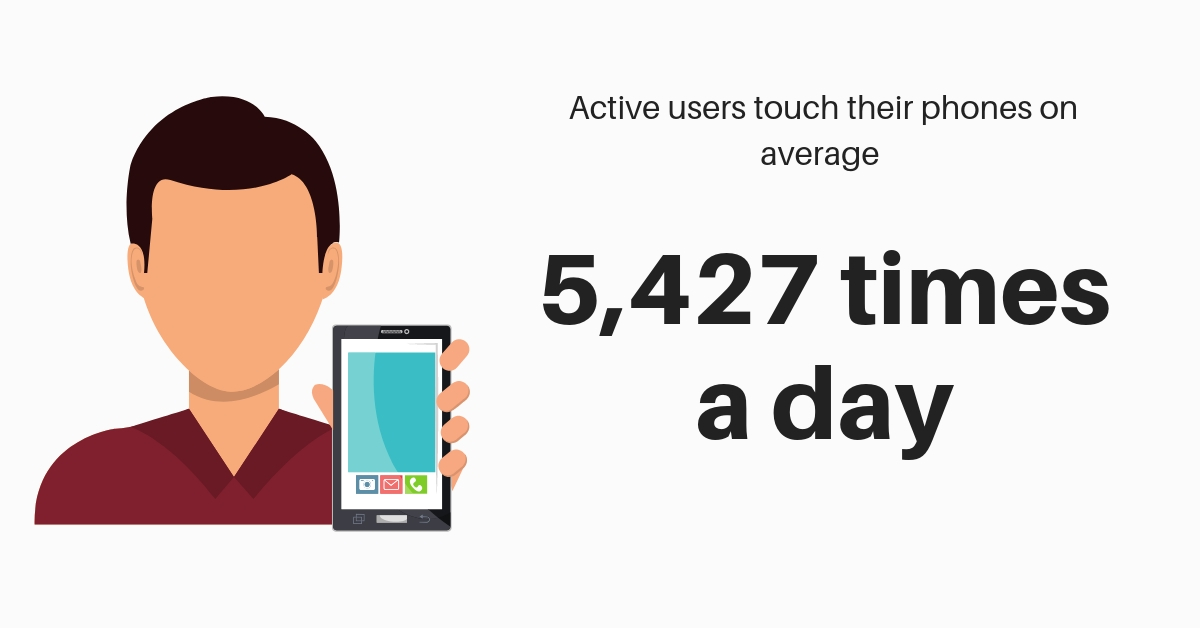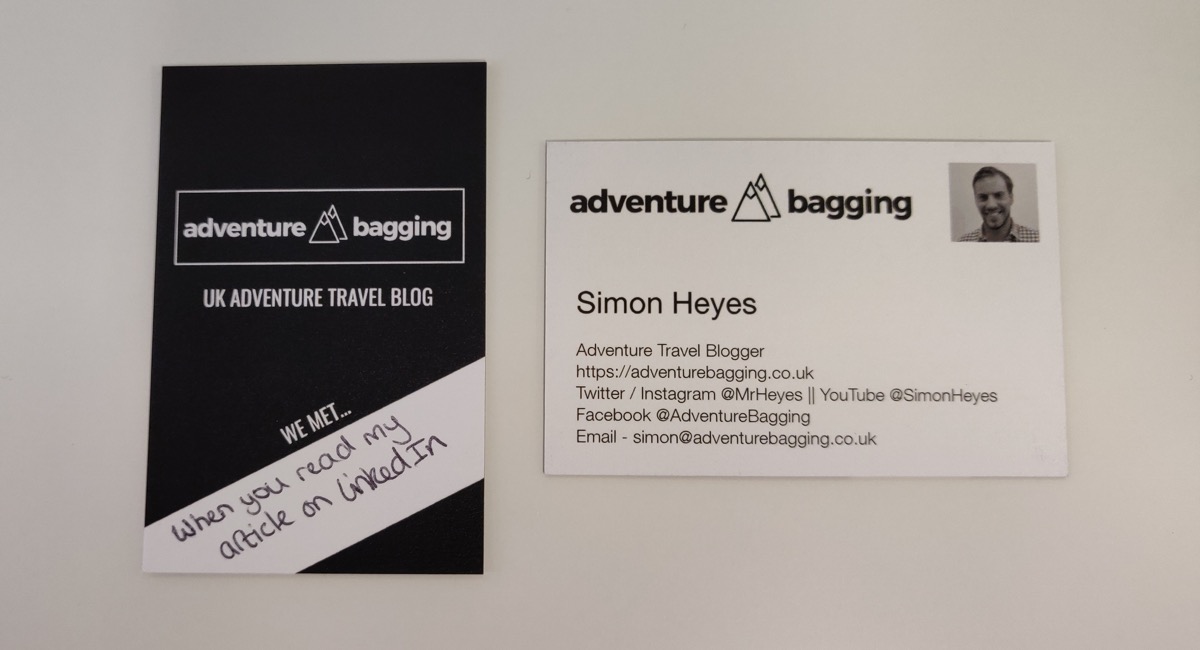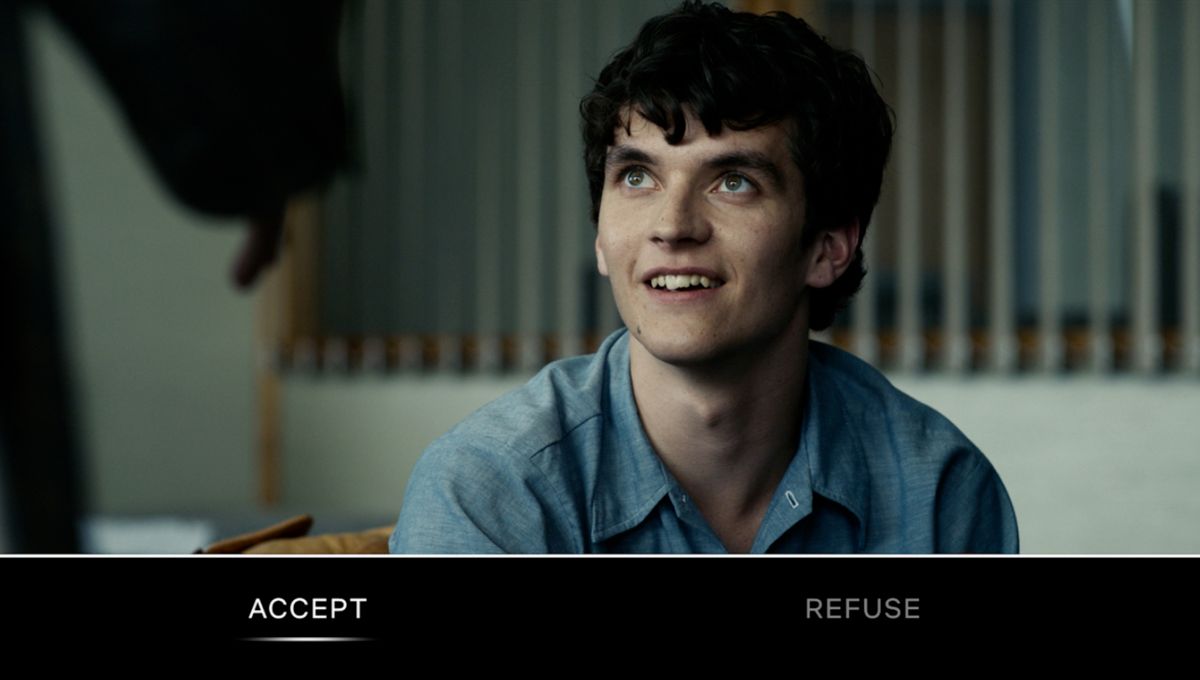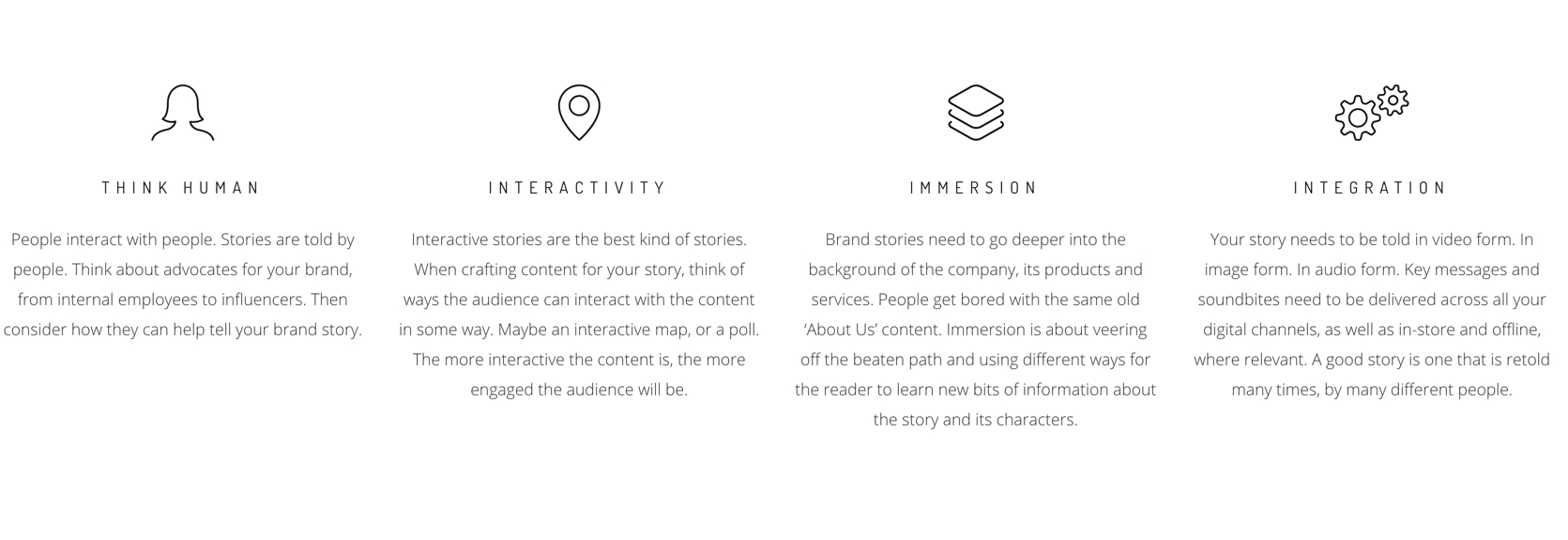In an omni-connected age, how do you hold someone’s attention online long enough to hook them into your content? By being human, authentic, interactive and telling them a story.
Cross-posted on LinkedIn.
Since the introduction of the iPhone back in 2007, we’ve been propelled into a omni-connected world. We’re on our phones more than ever. In fact research from D Scout shows more active users touch their phone on average 5,427 times a day.

5,427 times a day. Or 2 million times per year. That’s an obsession, right?
Thanks to social media, messaging, email, alarms, calendars and much more, our connectivity levels are now on an unimaginable scale.
Let’s be honest, technology is incredible. The fast pace to which we’ve adapted to our new mobile-connected bubbles is fascinating, and the vast majority of humankind have been beneficiaries of it.
But the experience of all that time online is not uniform. On one hand it has allowed businesses and relationships to flourish, and on the other, the more some people use their phones, the more they become frustrated and stressed with it.
Technology giveth; and technology taketh away.
“Aborigines in Australia were prime examples of peoples who kept [these] stories alive around the campfire…But then somebody…pissed on the bonfire and forced these cultural traditions to fizzle out because of the march of technology.” – Monty Mumford
Everyone Loves Stories
Online, in print, face to face, in cave paintings and scriptures; we’ve been telling stories since the dawn of time.
Everyone loves stories.
You never hear a child at bedtime say ‘tell me about data’, do you?
Whether you are a business, influencer or you simply want to improve your personal brand, digital storytelling should be high up on your list of priorities.
Why? Let’s be honest, customers prefer to engage with people, not with a corporate logo.
Putting faces behind your brand, and at the forefront of your digital strategy is a great tactic for digital storytelling, and an effective way to build customer trust, humanise your brand, and drive engagement.
Where Do You Start?
Digital stories involve people, technology and content. So let’s start with a few stats which back up why digital storytelling works:
- 92% of consumers want brands to make ads feel like a story – One Spot
- 93% of Gen Z respondents want brands to do something new and unique in order to connect with them – Time Inc
- Emotional thinking works much faster than rational thinking. The emotional section of the brain can process the information in one-fifth of the time the cognitive section requires – How Cool Brands Stay Hot
- A 2016 study found that when individuals have a positive emotional association with a specific brand, they are 8.4 times more likely to trust the company – Qualtrics
Stories involve people. Those people (or ‘characters’), those faces should be at the forefront of your storytelling plan. At every communication touch point, there they are. Social media, website, offline.
Two very quick examples of ‘characters’. Firstly, Manchester United is the brand, Paul Pogba is the character. With millions more followers (and arguably reach), you can see what an asset this character is to Man Utd. Secondly, GoPro run a brand ambassador programme, and work with a female pilot called Maria:

Again, the reach and engagement of key messages and campaigns, broadcast by the brand and its characters – real people that evoke emotion – will reach a far wider audience than the brand alone.
If you’re reading this at your desk, and you have a pot of business cards somewhere, pick a random one up.
Maybe it’s from one, two years ago.
Read the name. Can you picture the person? Probably not.
The solution – put your face on your business card. In fact, go further, leave a space and write on it where you met the other person.

It doesn’t matter if you’re a builder, a retailer, a lawyer or even a party clown. Social media has allowed us to snoop, and gives us an immersive look into other people’s lives. This can be the start of positive perception-building for your business. At the end of the day, people buy from people. If they don’t like you, they won’t buy from you.
Wherever you can, and where feasible, put a face to a name at every customer communication touch point.
Stories involve technology. Interactivity, social media profiles, smartphones and more – technology has allowed us to tell stories in a way never before possible. Think about how best to leverage different technologies to your advantage.
Have you watched Bandersnatch on Netflix yet? It’s a brilliant example of interactive storytelling, where viewers are given choices on the path the story takes:

Another example is the loyalty programme in Starbucks. When ordering through the app, it will calculate the travel time to your nearest Starbucks so that the drink is ready when you arrive. You can also choose what kind of music will play inside by putting a song on the Starbucks playlist.
Stories involve content. Video is predicted to represent 82% of all internet traffic by 2021. How can you use video to tell your story? Brands have been telling interactive stories through video for years. Here are two of my favourites:
One from about 10 years ago (!) by the Royal Navy, where you could interact with the content and send a text message to a friend…with a difference…watch to the end (big budget example):
Royal Navy ‘Get the Message’ Interactive on Vimeo.
And one from a couple of years ago from Best Western (low budget example):
Core Building Blocks Of Storytelling
I always talk about the four core principles of digital storytelling: interactivity, immersion, integration and think human:

In addition to those four principles, it’s also important to consider the following:
Strike A Chord – Make People Care
You must evoke some sort of emotion through your stories. Find the consumer’s heart. You can do this through different ‘characters’ or different story types. But think about your audience and what topics resonate with them.
Make them laugh, make them cry, make them feel something.
Have A Strategy, Have A Purpose
Don’t start creating and posting content tomorrow thinking you have a story. Plan it out. Plan a timeline, get people on board (both internally and externally), create a content calendar. Have a point of view. Don’t go out there and just assume that people want to hear you. Brands often make the mistake of telling people what they want to say rather than what people want to hear.
Include Your Customers In The Story
A business wouldn’t be a business without customers, so it stands to reason that they should be part of the story. Gather feedback, let them share positive experiences with you, and weave these into your stores and content. As mentioned above, people buy from people, and there is no stronger recommendation than from other customers that have had a positive experience.
Share Your Story
Think about how your customers will consume the story content – at home? At work? On what device? Which social platform? If you’ve created any image or video assets to help tell your story, make sure these are visible, and consistent across both your brand and character social media accounts.
As your website is the face of your brand online, you want to make sure users see the more human and personal you when they visit. Ensuring your Home and About Us pages includes information about the people behind your business is a good place to start.
The End
Storytelling is a part of our human nature, no matter who we are or where we come from.
The skill of telling stories should never be underestimated, both in business and other facets of life.

Leave a Comment